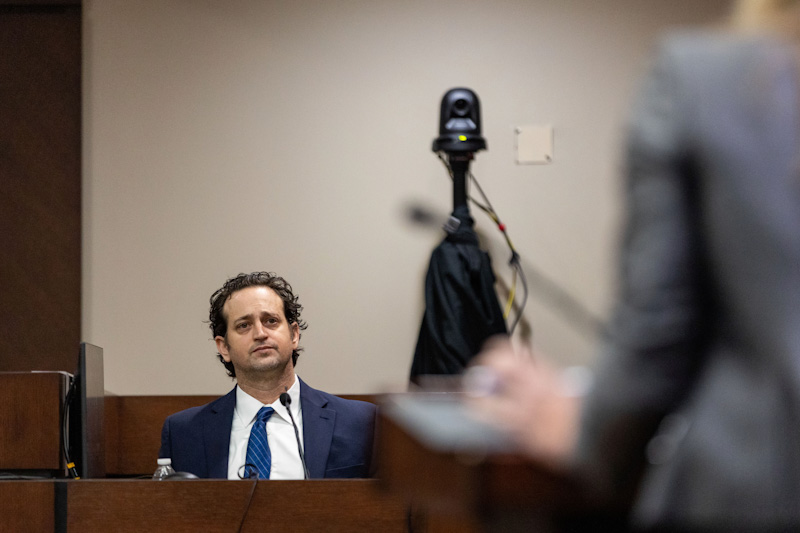Troutman Pepper
This change requires a strategic shift for patent applicants, particularly in how they handle non-final office action responses and after-final practice. This change necessitates a strategic shift for patent applicants, particularly in how they handle nonfinal office action responses and after-final practice.
Understanding AFCP 2.0
AFCP 2.0 was designed to provide applicants with an additional opportunity to resolve issues raised in a final office action without the need to file a request for continued examination (RCE). The program allowed examiners extra time to consider responses after a final rejection, potentially leading to quicker resolutions and cost savings for applicants.
Since the last day to request entry into this program is December 14, 2024, any applicants who have received a final office action and plan to include amendments should file a response with a AFCP 2.0 request on or before December 14, 2024.
Moving Forward Without AFCP 2.0
With the discontinuation of AFCP 2.0, applicants must adapt their strategies to ensure effective prosecution of their patent applications. Here are key considerations:
Maximize Non-Final Office Action Responses
-
: Applicants should focus on making their responses to nonfinal office actions as comprehensive and persuasive as possible. This includes addressing all potential issues and presenting strong arguments to avoid final rejections.Include Multiple Back-Up Positions
-
: To enhance the effectiveness of after-final practice, applicants should consider including multiple back-up positions in their non-final office action responses. This approach gives examiners alternative grounds for allowance and increases the likelihood that rejections will be overcome in final office action without the need for RCE. Applicants should be prepared to use RCEs strategically to keep their applications moving forward.Conclusion
-
The discontinuation of AFCP 2.0 marks a significant change in the patent prosecution landscape. Applicants can adapt to the new environment by making non-final office action responses matter and including multiple backup positions. As always, it is advisable to consult with a patent attorney to tailor strategies to specific cases and ensure compliance with USPTO requirements.






